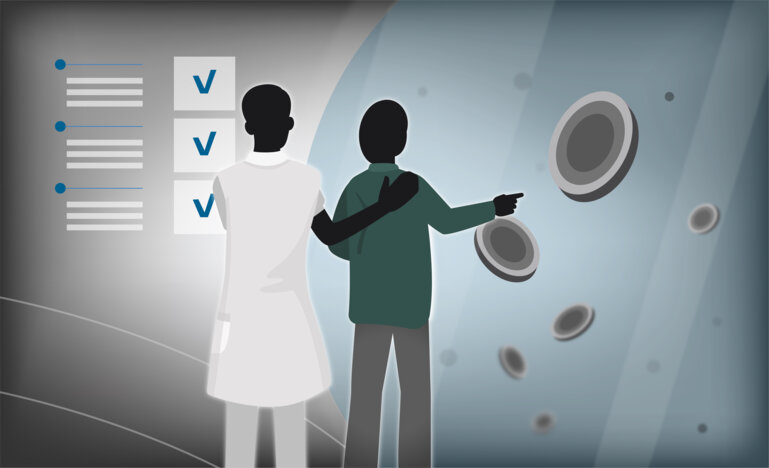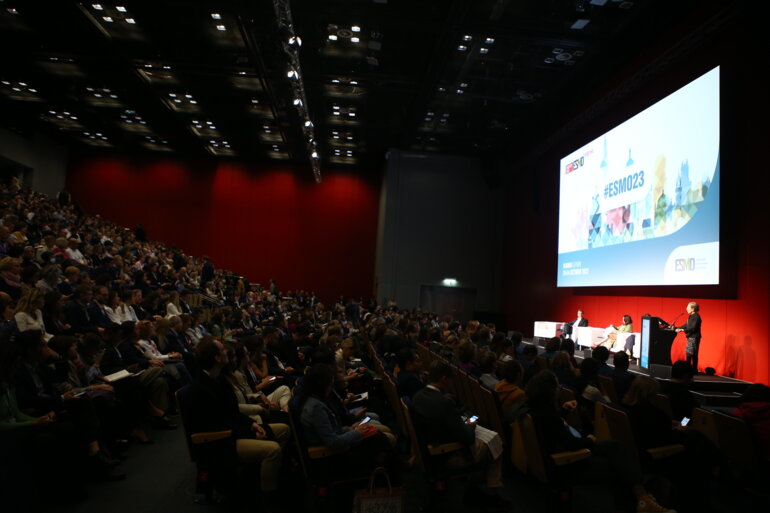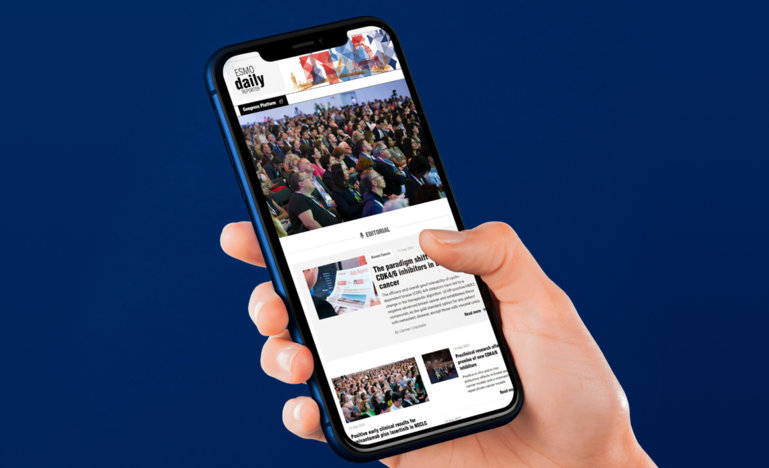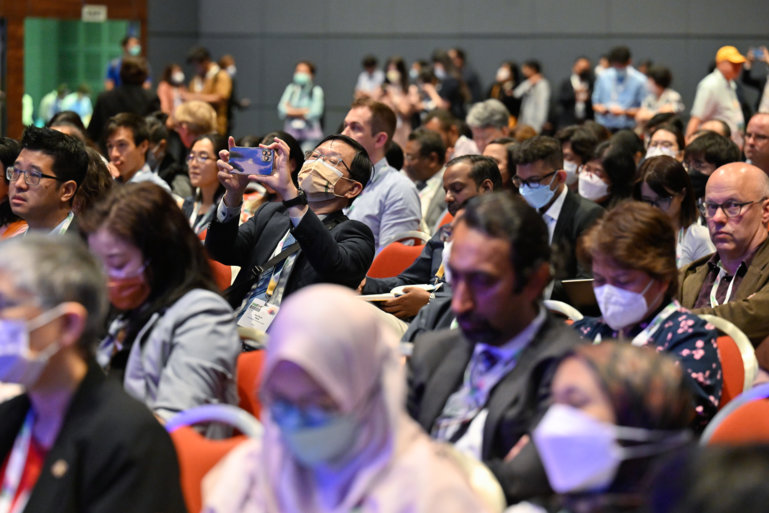Will widespread screening for breast cancer based on individual risk mean the end of the one-size-fits-all standard mammogram?
The concept of personalised risk-stratified breast screening recognises that standard age-guided mammography does not account for the variation between women in the risk of developing breast cancer. A more focused approach to screening could help to assign intensified schedules to high-risk individuals, thereby increasing the chance of improving outcomes with early treatment and sparing lower-risk individuals the risk of false-positive diagnoses and over-treatment.
A major hurdle in developing risk-stratified screening strategies is identifying individuals at high risk of developing breast cancer. Testing for rare variants, such as BRCA1/2 or PALB2 mutations, is increasingly accepted and models for acquiring this type of information are developing apace. However, many of the genetic testing tools available are cost- and resource-intensive and are not really suitable for use in the general-population setting. There is also the problem of how to identify and manage individuals with more moderate risk variants, such as CHEK2 mutations, or those with high polygenic risk. The technologies involved have not yet been used effectively at scale, mainly due to the complexities involved in interpretation of the data. Despite these challenges, I am confident that assessing individual risk will become technologically feasible on the scale required. This is supported by data from the European Union-funded randomised My Personalized Breast Screening (MyPeBS) trial (NCT03672331), which, along with the Canadian PERSPECTIVE I&I project (J Pers Med. 2021;11:511) and the US Women Informed to Screen Depending on Measures of Risk (WISDOM) study (NCT02620852), is investigating risk-stratified screening approaches.
At ESMO Breast Cancer 2022, results from over 16,000 women enrolled in MyPeBS indicate that real-time assessment of breast cancer risk – based on personal and familial variables and a polygenic risk score derived from saliva samples – is feasible (Abstract 135P). Genotyping was able to be carried out on the vast majority (97.5%) of DNA extractions. This study is a huge undertaking and the demonstration of feasibility is a very important first step, although it remains to be seen if this is something that can be performed outside the context of a study, with all the implied resource considerations. With an estimated enrolment of 85,000 patients and a completion date of 2025, there is some time to wait to find out if risk-adapted screening reduces the incidence rate of breast cancer stage 2 or higher compared with the standard approach.
There is evidence that more intensive screening for even moderate-risk individuals will be effective in reducing mortality. In a recently published modelling analysis I was involved in, as part of the Breast Working Group of the Cancer Intervention and Surveillance Modeling Network (CISNET), combining annual mammography with annual magnetic resonance imaging (MRI) in individuals with pathogenic variants in ATM, CHEK2, or PALB2 was estimated to reduce breast cancer death rates by around 20 percentage points compared with mammography alone (JAMA Oncol. 2022;8:587–596). The introduction of technologies like MRI increases the sensitivity of screening for some patients. However, it also comes at a financial cost and is likely to generate more false positive results and biopsies. Nevertheless, the idea of directing the use of such tools to higher-risk patients is appealing in terms of the gain in life-years.
Moving forward, one of the biggest challenges for risk-stratified screening will be deciding what level of risk warrants what type of screening. Value considerations are likely to influence the defining of cut-offs and this is bound to provoke considerable debate.
Don't miss:
Risk based prevention and screening in breast cancer. ESMO Breast Cancer 2022
Special Symposium, 03.05.2022, h. 13:45 – 15:15, Frankfurt Hall
Also watch the session on the Congress virtual platform.







